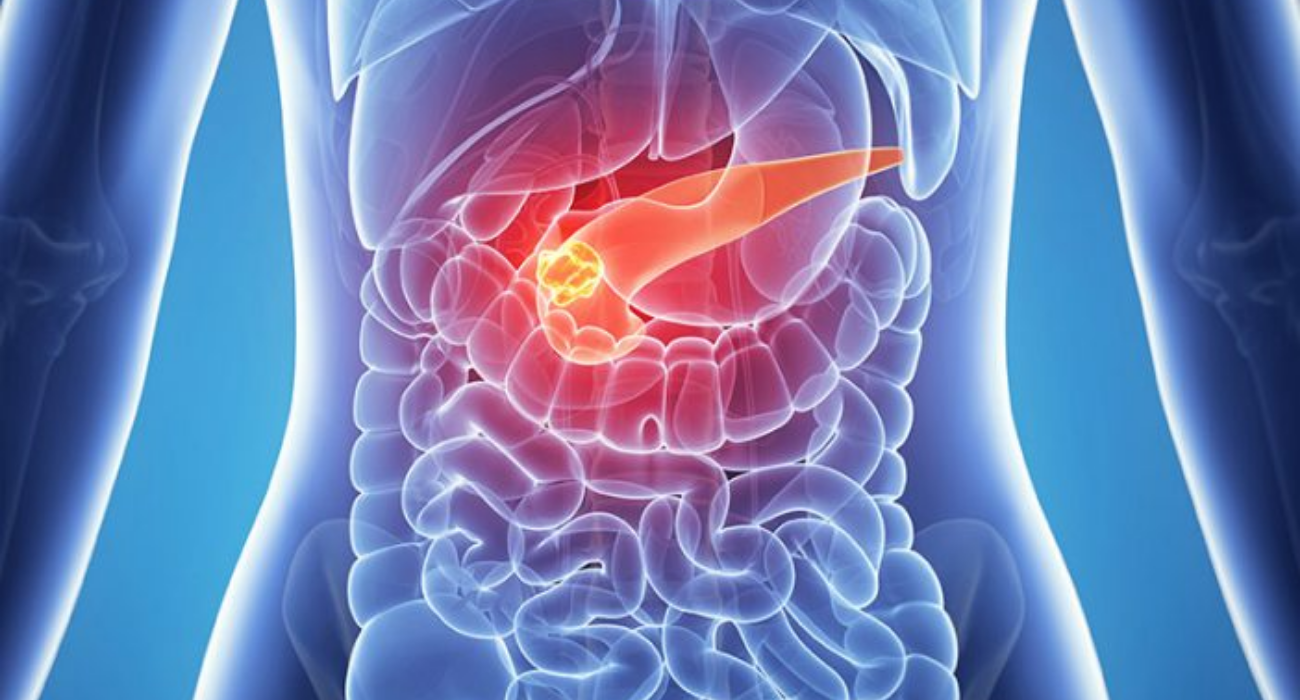Within the realm of modern medicine, the advancement of surgical techniques has played a crucial role in enhancing patient outcomes and overall quality of life. Specifically, pancreatic surgery, which has traditionally been associated with intricate and high-risk procedures, has undergone a remarkable transformation with the introduction of robotic technology. Robotic pancreatic surgery stands at the forefront of surgical innovation, presenting a myriad of advantages for both patients and surgeons alike. In this blog, we will explore the advancements and advantages of robotic pancreatic surgery, illuminating its clinical significance and the potential it holds for improving patient care.
Top Benefits of Robotic Pancreatic Surgery
1.Advancing Precision and Visualization
Robotic pancreatic surgery is a groundbreaking advancement that enhances the precision and visualization capabilities for surgeons. With the guidance of a skilled surgeon, the robotic system provides unmatched accuracy in navigating the complex landscape of the pancreas. Through the use of robotic arms, each movement is meticulously controlled to ensure utmost precision in every incision and maneuver. This innovative approach revolutionizes surgical procedures, offering a new level of surgical expertise and patient care.
Robotic surgery offers a significant advantage with its high-definition 3D imaging. This cutting-edge visualization technology enables surgeons to gain a comprehensive understanding of the intricate anatomy of the pancreas, empowering them to make well-informed decisions throughout the procedure. The fusion of robotic precision and exceptional visualization forms the foundation of successful robotic pancreatic surgery.
2.Minimally Invasive Excellence
Robotic pancreatic surgery is distinguished by its unwavering dedication to a minimally invasive approach. This starkly contrasts with the conventional open surgery method, which frequently requires a sizable incision in the abdomen. In robotic surgery, a set of discreet and inconspicuous incisions serve as portals for specialized instruments and robotic arms, ensuring precise and meticulous procedures.
Robotic pancreatic surgery offers numerous advantages due to its minimally invasive approach. Patients benefit from reduced tissue trauma, resulting in less postoperative pain and discomfort. Additionally, the procedure yields superior cosmetic outcomes, with fewer visible scars. These advantages collectively contribute to a more comfortable and aesthetically pleasing recovery process.
3.Blood Loss Reduction
In the field of robotic pancreatic surgery, the control of blood loss achieves unprecedented levels. The remarkable precision of robotic arms, coupled with minimal tissue disruption, effectively diminishes the potential for excessive bleeding during the procedure. This not only streamlines the surgeon's responsibilities but also augments patient safety, elevating it to new heights.
4.Accelerated Recovery Times
Robotic pancreatic surgery offers patients faster recovery times in comparison to traditional open surgery. The utilization of smaller incisions leads to reduced postoperative pain and discomfort, enabling individuals to resume their daily activities more quickly. Particularly for patients confronting severe diagnoses such as pancreatic cancer, this accelerated recovery process can significantly enhance their overall quality of life.
5.Mitigation of Infection Risks
Postoperative infection poses a significant challenge in surgical procedures. Robotic pancreatic surgery effectively addresses this concern through a combination of factors. By utilizing smaller incisions, the surface area exposed to potential contaminants is reduced, thereby minimizing the risk of infection. Additionally, the minimally invasive approach minimizes disruption to the body's natural defenses, such as the immune system, thereby strengthening the patient's resistance against infections.
6.Customization for Patient-Specific Needs
The distinctiveness of every patient's pancreatic condition, with variations in size, location, and complexity, highlights the criticality of a personalized surgical approach. Robotic pancreatic surgery surpasses traditional methods in this aspect, providing a level of flexibility that cannot be matched. Surgeons can customize the procedure to meet the unique needs of each patient, ensuring the best possible outcomes.
7.Preservation of Healthy Tissue
Preserving healthy pancreatic tissue is crucial in pancreatic surgery. The precision and enhanced visualization provided by robotic technology empower surgeons to minimize the removal of healthy tissue while addressing the underlying condition. This preservation is especially vital for patients with chronic pancreatitis, as maintaining pancreatic function greatly impacts their quality of life.
8.Reduced Risk of Complications
Complications that may arise after pancreatic surgery include postoperative bleeding, leakage of digestive fluids, and infections. However, robotic pancreatic surgery offers a lower risk of such complications compared to open surgery. The utilization of a minimally invasive approach and the precision of robotic arms contribute to a safer and more refined surgical experience.
9.Surgeon Expertise and Control
Robotic technology plays a pivotal role in surgery, but it's important to emphasize that the surgeon remains in complete control throughout the procedure. The robotic system acts as an extension of the surgeon's skills and expertise, enabling precise movements and improved visualization. Surgeons who specialize in robotic pancreatic surgery undergo rigorous training to ensure the safe and effective use of this technology, guaranteeing the highest level of surgical precision.
10.Swift Return to Normal Diet
Following pancreatic surgery, patients frequently need to adjust their diet to accommodate alterations in pancreatic function. Robotic pancreatic surgery streamlines this transition, allowing patients to resume a regular diet at a faster pace compared to open surgery. This notable improvement in patient comfort and overall well-being is undeniably significant.
11.Remote Surgery Possibilities
In certain cases, there is the possibility of conducting robotic pancreatic surgery remotely, where the surgeon can control the robotic system from a distance. This method holds significant value, especially in areas where access to skilled surgeons is limited. Remote surgery acts as a bridge, ensuring that patients receive the finest treatment, regardless of their geographical location, and bridging the gap in access to specialized care.
Conclusion
Robotic pancreatic surgery represents a beacon of hope and progress in the field. With its precision, minimal invasiveness, and quick recovery, it offers a transformative option for patients with pancreatic conditions. As technology continues to advance, the future of pancreatic surgery holds even greater promise. Robotic surgery is poised to deliver enhanced precision and further refinements, solidifying its position as a game-changer in the field.
For individuals dealing with pancreatic conditions, exploring the option of robotic surgery in collaboration with a skilled surgeon presents the potential of a safer and more comfortable surgical journey, ultimately enhancing overall well-being.

